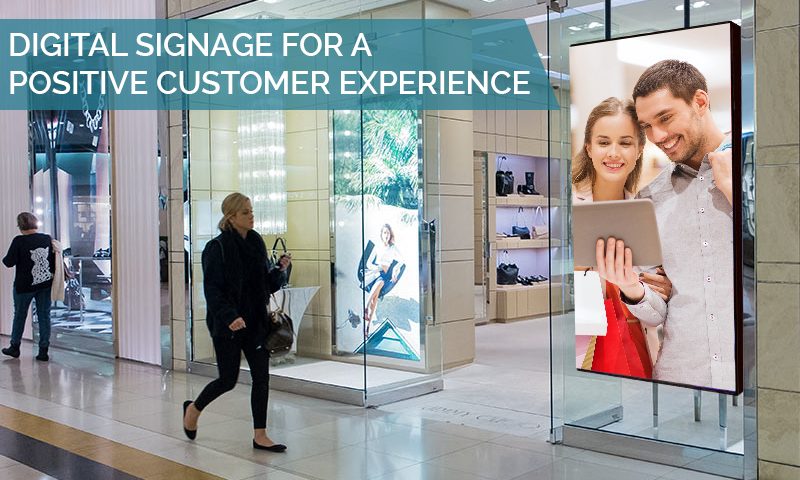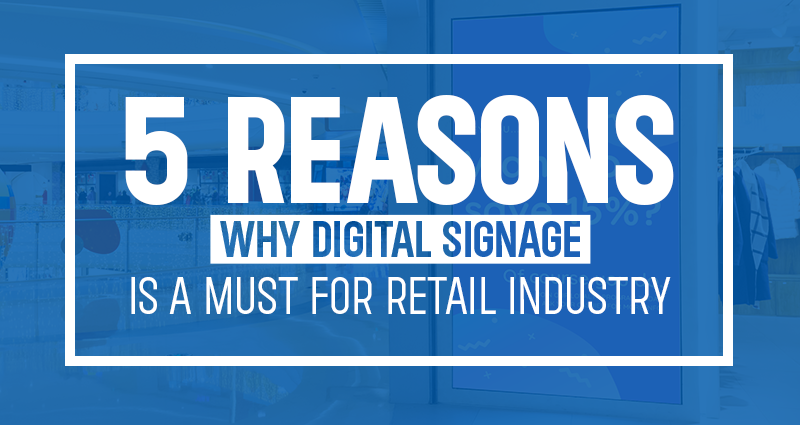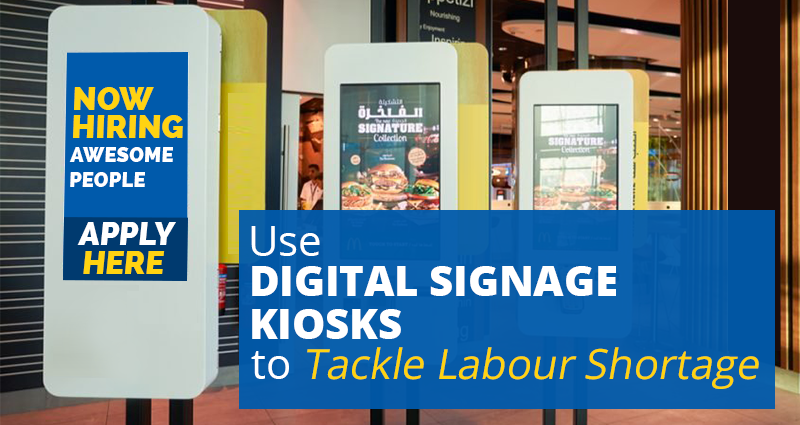
Ösel Dazzles Visitors at one of India’s largest Malls
March 22, 2018
Using Digital Signage to Connect With Generation Z in Schools
April 25, 2018Read to know how you can dazzle your target audience, increase brand recall, and ultimately leave the customer with a positive and satisfying experience
Customers today are tech-savvy – we all know that. Even if they give up the convenience of shopping online and venture into a brick-and-mortar shopping mall, stores will still need to catch their attention. And in an increasingly digital world, this feat cannot be accomplished without the help of, well, something digital.
For a retail store looking to provide the customer an omnichannel experience, digital signage is the most effective solution. It helps you to dazzle your target audience, increase brand recall, and ultimately leave the customer with a positive and satisfying experience. To know how exactly that can be done, read on…
Type of Display
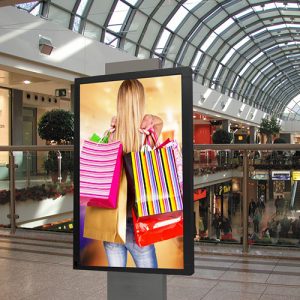
Many stores don’t experiment with digital signage because they feel it’s just out of their budget. While that may be true in the past, today various types of indoor and outdoor LED digital signage options are available in the market, catering to all kind of budgets.
Apart from budget, what is also important to consider is the kind of experience you want to provide to your customers. A mounted tablet device on a counter may help provide an interactive experience to a shopper, but it cannot even come close to the sheer beauty and magnificence of a full-color transparent indoor LED display screen covering the storefront.
Again, you need to find a middle path between your pocket and the experience you want to give to the shoppers.
Content is King

Any investment in digital signage without strategizing the content which that signage would display is simply a waste of money. What you put on the screen is what will make the first impression of your brand in the mind of the customer.
And while it’s easy to think that you need something extra glitzy to display because you have a digital, dynamic screen, a wise strategy is to keep things simple and let a compelling message do all the talking.
The best content strategies for digital displays involve treating the screens like they were canvases. Basic rules like keeping darker colors near to the bottom of the screen will add on to the aesthetics and help you maintain the balance of the layout.
Positioning the Display
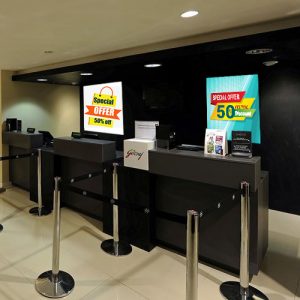
Building on the content strategy, the placement of the digital displays will govern what kind of content is assigned to each. For example, the content that will be displayed at the shop window or any other position outside the store needs something bold and catchy to lure the customers in.
The indoor LED displays – placed inside the premises of the store – need to be in sync with the ambiance of the place, belting out requisite information or giving navigation guidance to the customers. And the screens near the checkout counter need to have a call-to-action to complete the customer experience in the form of a feedback form or a discount code for future purchases.
Setting up Schedules

Once you zero down on the display of your choice, figure out where you want to set it up, and have a gripping content strategy in place, the next step is to decide what should play when. This could vary in accordance with the time of the day or the audience you are targeting with a specific product or promotion.
For example, you can have a different messaging for day shoppers, building on the stipulation that they have more time on their hands as compared to evening shoppers. The schedule can also vary for weekdays and weekends. And of course, for festivals and special occasions, your playlist should be stocked with special content.
To sum up, creating a positive and satisfying customer experience with the help of digital signage is a continuous process. What works for some may not work for the others. The simple rule to remember is to create the content from the point of view of the customer and make them feel as welcome as possible.

